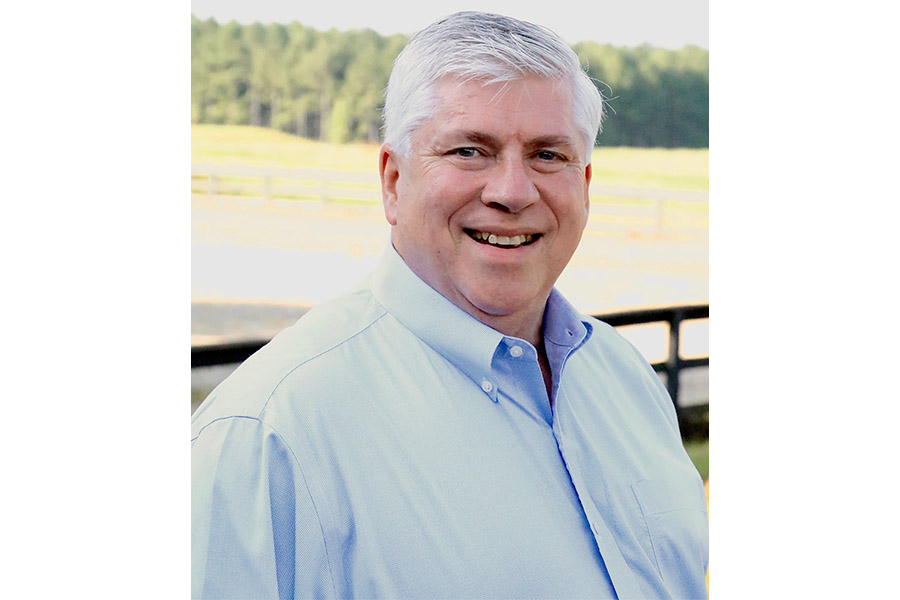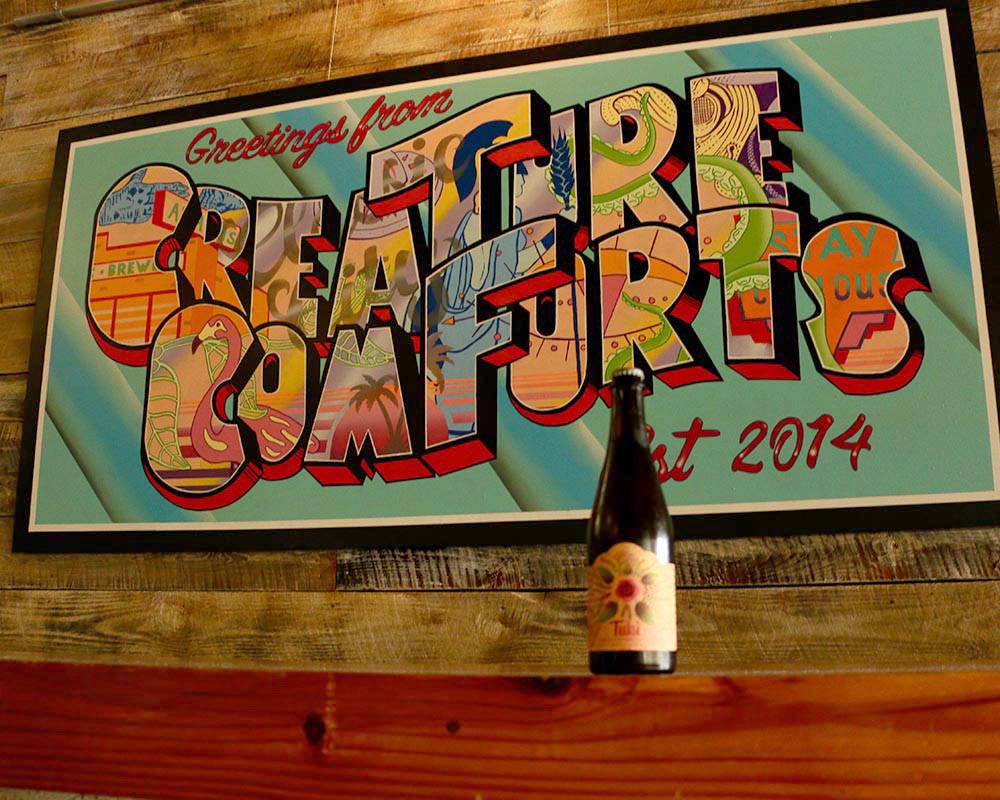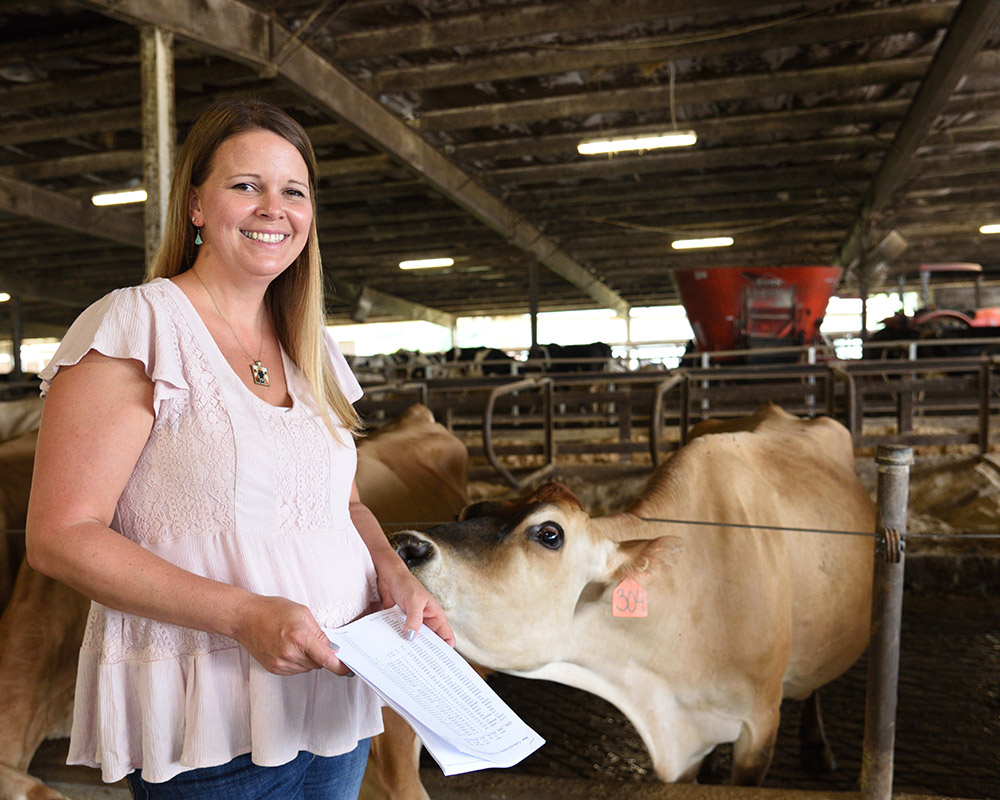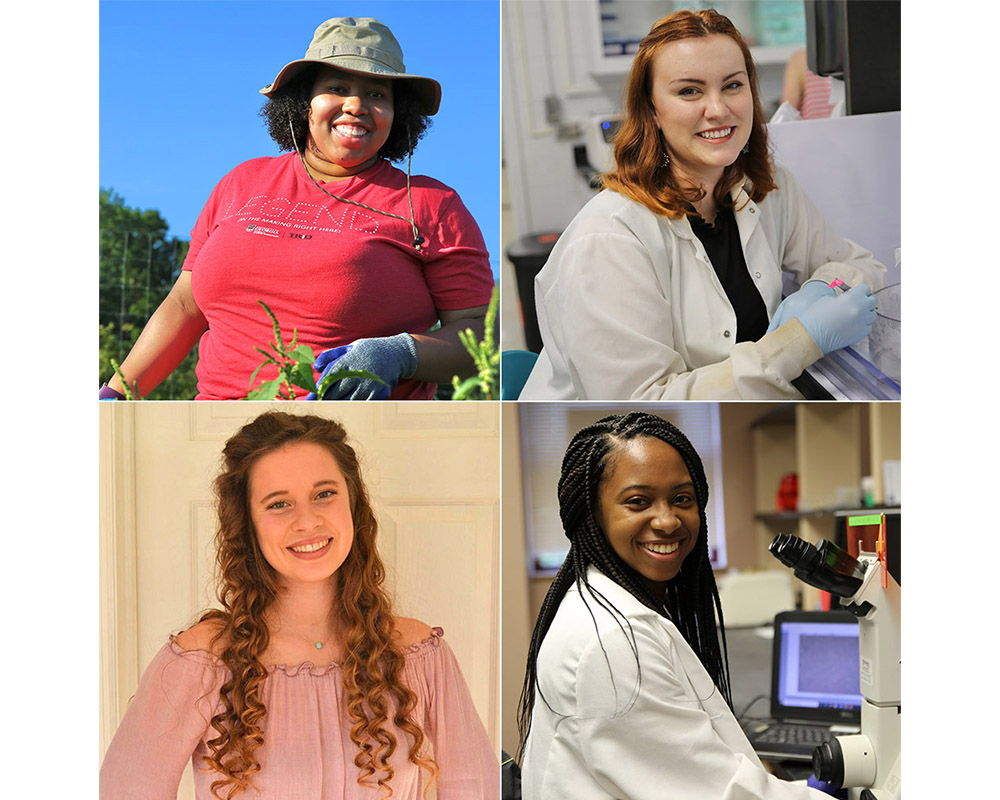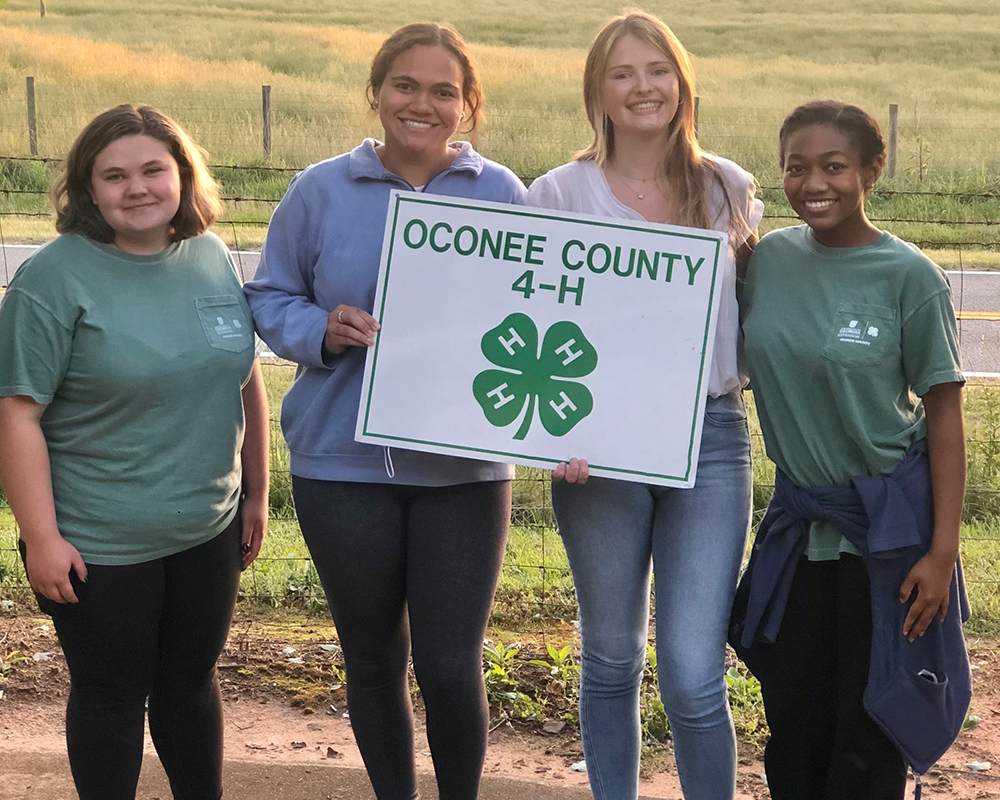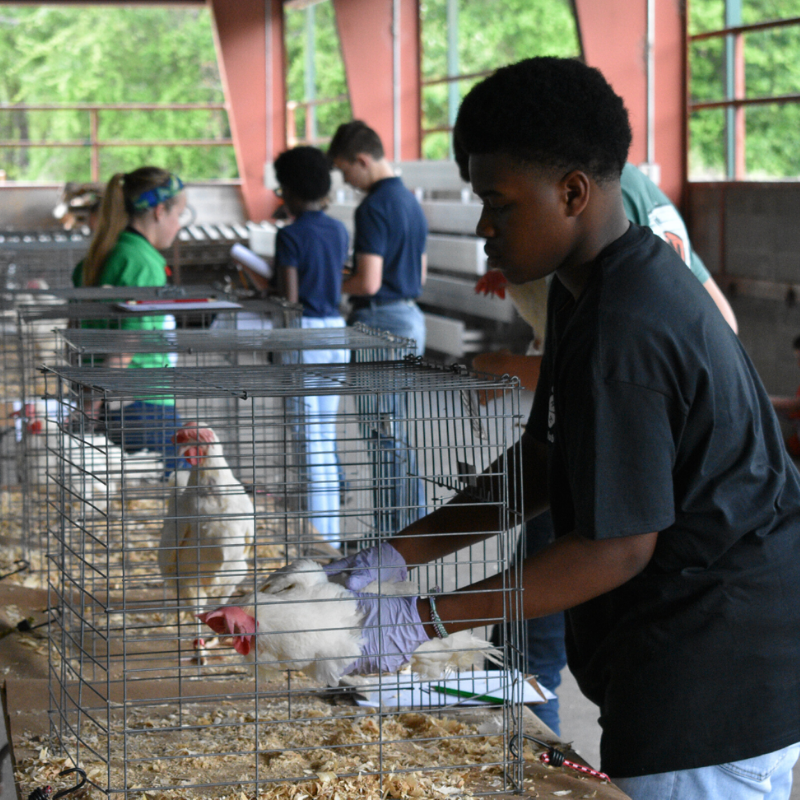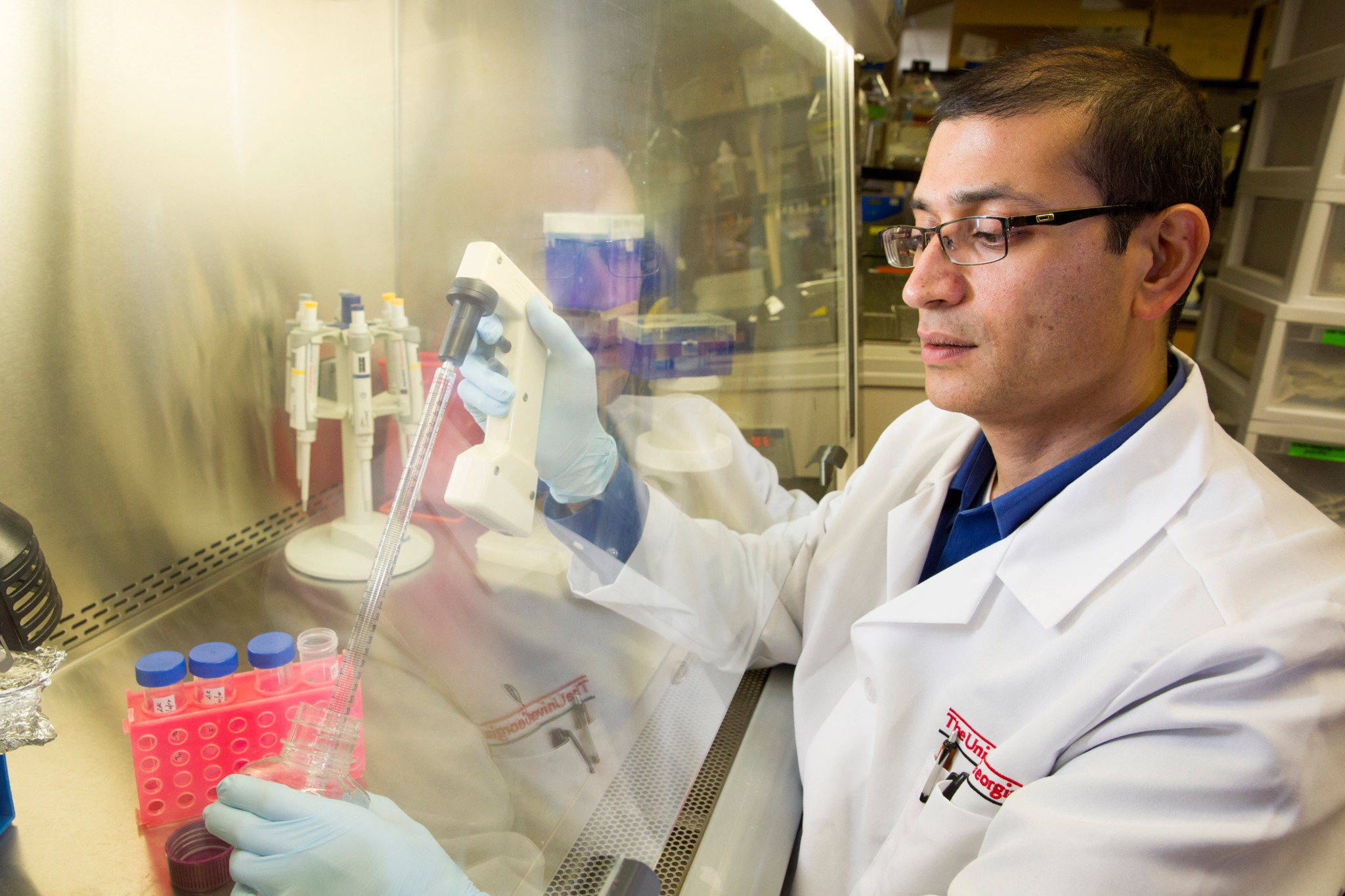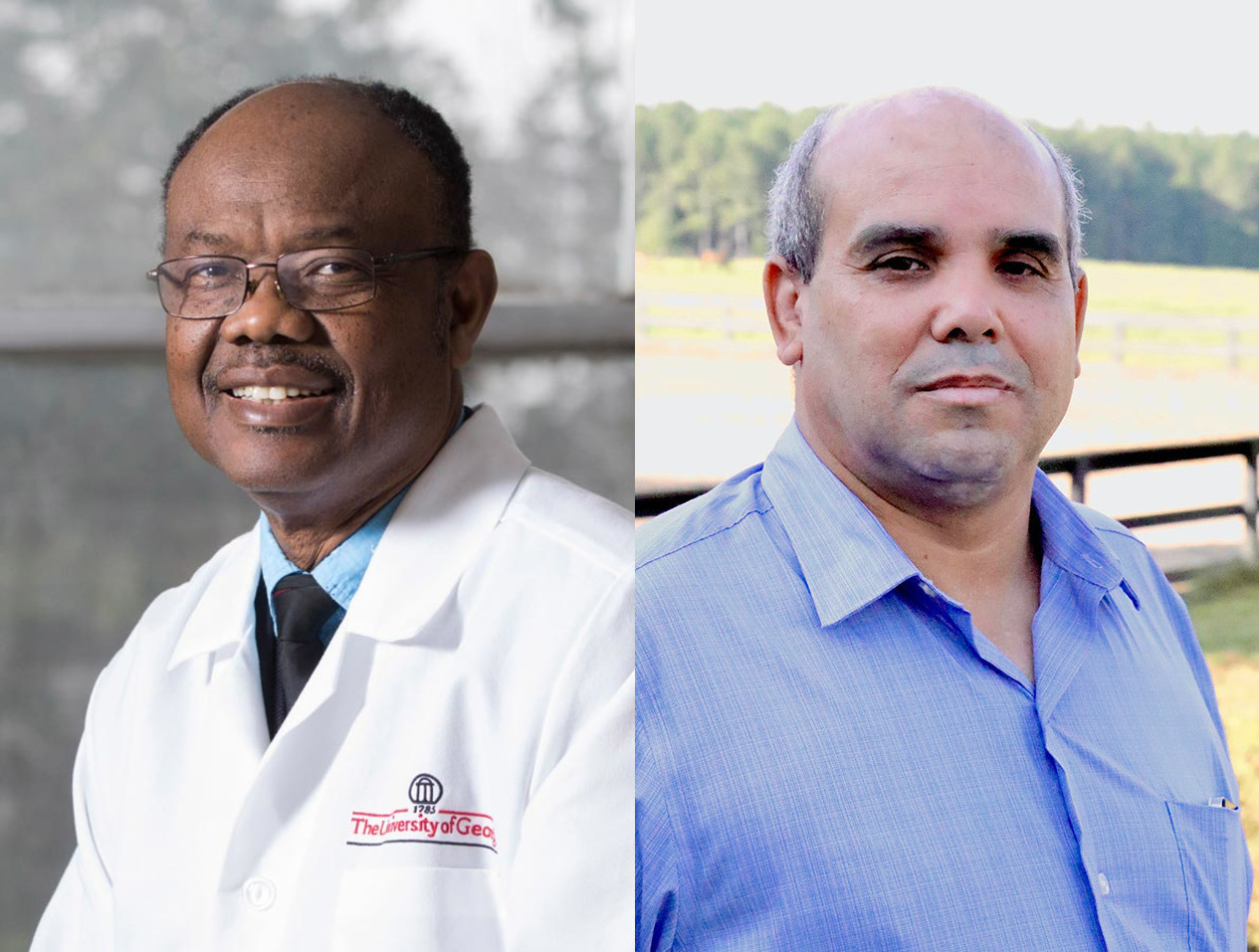 CAES News
CAES News
Water Scarcity
With nearly 2.5 million employed in an industry that produces 1.1 billion broilers per year, Egypt’s poultry industry is booming. Because of its dry climate, however, the country’s production levels are heavily reliant on producers’ ability to use resources efficiently without compromising output.

